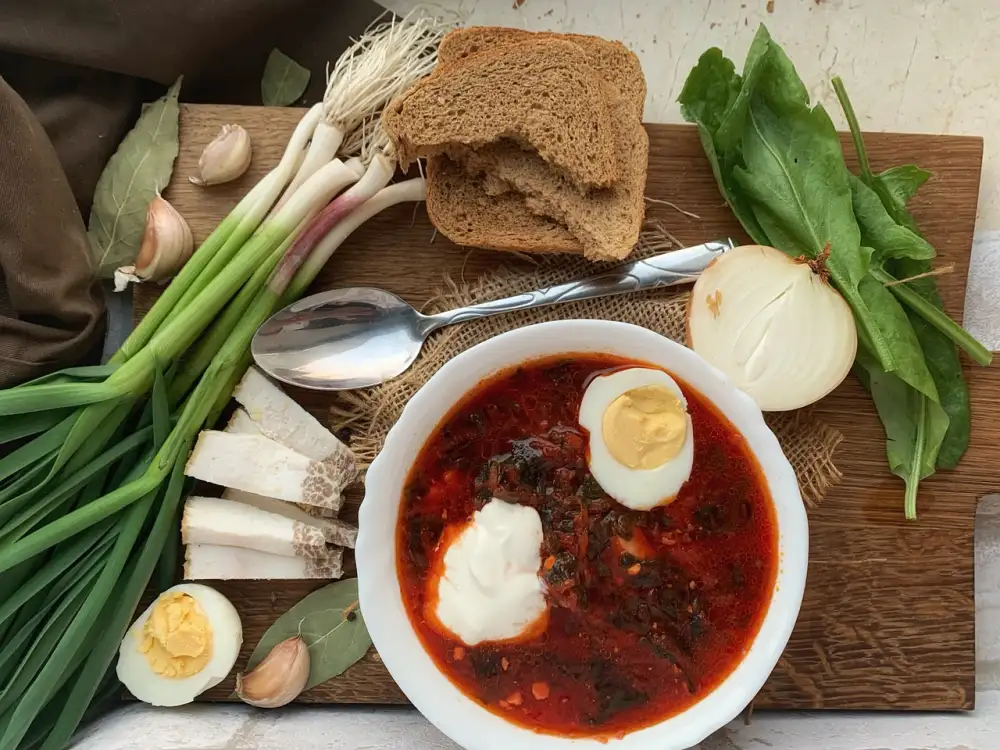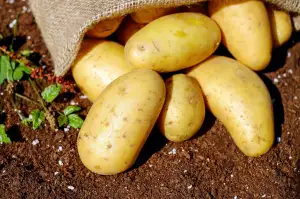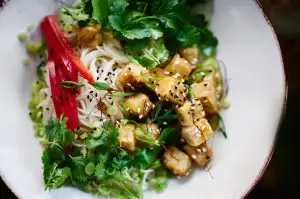Unveiling the Culinary Magic of Lard: Elevate Your Cooking with this Flavorful Animal Fat!

- History of lard: Tracing its origins and cultural significance
- Nutritional profile of lard: Understanding its composition and health benefits
- Culinary uses of lard: Discovering its role in enhancing flavor and texture
- Cooking with lard: Tips and techniques for incorporating lard into your recipes
- Comparing lard to other cooking fats: Examining the pros and cons
- Common misconceptions about lard: Debunking myths and addressing concerns
- Sustainable sourcing of lard: Exploring ethical considerations in its production
- Lard in traditional and international cuisines: Exploring its role in various culinary traditions
Lard, a versatile animal fat, has been used in cooking for centuries. Derived from pig fat, it adds a unique flavor and texture to dishes. From flaky pie crusts to crispy fried foods, lard can elevate your cooking to new heights. Join us as we delve into the culinary magic of lard and unlock its potential in your kitchen.
History of lard: Tracing its origins and cultural significance
Lard has a rich history that dates back centuries. Its origins can be traced to ancient civilizations such as the Egyptians and Romans, who used it for cooking and medicinal purposes. In medieval Europe, lard became a staple in the diets of the working class due to its affordability and versatility. It was also highly prized for its ability to preserve food during long winters. Across different cultures, lard has held cultural significance, symbolizing comfort, tradition, and indulgence in dishes like pastries, stews, and sausages. Today, lard continues to be celebrated for its unique flavor and culinary heritage.
Nutritional profile of lard: Understanding its composition and health benefits
Lard is often misunderstood as an unhealthy fat, but its nutritional profile tells a different story. It is primarily composed of monounsaturated fats, which are known to promote heart health and reduce bad cholesterol levels. Lard also contains essential fatty acids, such as omega-6 and omega-3, which play a crucial role in brain function and cell growth. Additionally, it is a good source of vitamin D, providing a natural way to boost bone health. When consumed in moderation, lard can be part of a balanced diet that offers both flavor and nutritional benefits.
Culinary uses of lard: Discovering its role in enhancing flavor and texture
Lard is a culinary powerhouse when it comes to enhancing flavor and texture in dishes. Its high smoke point makes it ideal for frying, creating crispy and golden results. It adds a rich, savory depth to sautés and stir-fries. When used in baking, lard creates flaky pastries and tender cakes. Its creamy consistency also makes it perfect for spreading on bread or using as a base for flavorful sauces and gravies. With lard, your dishes will reach new levels of deliciousness!
Cooking with lard: Tips and techniques for incorporating lard into your recipes
When cooking with lard, it's important to keep a few tips and techniques in mind. Firstly, lard has a higher smoke point than butter or vegetable oils, making it ideal for high-heat cooking methods like frying and sautéing. Its rich flavor adds depth to dishes such as roasted potatoes or fried chicken. Secondly, when using lard in baking, it can be substituted for butter or shortening in equal amounts. Lard creates a tender and flaky texture in pie crusts and biscuits. Lastly, remember to store lard in the refrigerator to maintain its freshness and extend its shelf life. Incorporating lard into your recipes will elevate the taste and texture of your dishes to new heights!
Comparing lard to other cooking fats: Examining the pros and cons
When it comes to cooking fats, there are numerous options available, each with its own unique qualities. Comparing lard to other cooking fats reveals both pros and cons. One advantage of lard is its high smoke point, making it ideal for frying and sautéing. It also imparts a rich flavor to dishes. However, lard is high in saturated fat, which may be a concern for those watching their cholesterol levels. Additionally, some people prefer plant-based oils for ethical or dietary reasons. Ultimately, the choice between lard and other cooking fats depends on personal preference and health considerations.
Common misconceptions about lard: Debunking myths and addressing concerns
Common misconceptions about lard often revolve around its high saturated fat content. However, recent research suggests that not all saturated fats are created equal. Lard contains a good balance of monounsaturated and saturated fats, which can actually have positive effects on cholesterol levels. Additionally, concerns about lard being unhealthy are unfounded when used in moderation as part of a balanced diet. It's important to dispel these myths and recognize the culinary value and health benefits of lard.
Sustainable sourcing of lard: Exploring ethical considerations in its production
Sustainable sourcing of lard is an important aspect to consider when incorporating it into your cooking. Ethical considerations in its production involve ensuring that the animals used for lard are raised in humane conditions, with access to open spaces and a natural diet. Additionally, supporting local farmers who prioritize sustainable farming practices can contribute to reducing the environmental impact of lard production. By choosing lard that is sourced sustainably, you can enjoy its culinary benefits while also promoting ethical and responsible food choices.
Lard in traditional and international cuisines: Exploring its role in various culinary traditions
Lard has played a significant role in traditional and international cuisines for centuries. In Mexican cuisine, lard is a staple ingredient used in dishes like tamales and refried beans, adding richness and depth of flavor. In Italian cuisine, lard is used to make the famous lardo di Colonnata, a cured pork fat delicacy that enhances the taste of breads and pastas. In Chinese cuisine, lard is used for stir-frying and deep-frying, imparting a distinct flavor to dishes like crispy pork belly. Across the globe, lard continues to be cherished for its ability to elevate the taste of various culinary creations.
In conclusion, lard is a versatile and flavorful animal fat that has been used in cooking for centuries. Its rich history, nutritional benefits, and unique culinary properties make it a valuable ingredient in the kitchen. By incorporating lard into your recipes, you can elevate the flavor and texture of your dishes. Don't be afraid to experiment with this magical ingredient and unlock its full potential in your culinary creations. Embrace the culinary excellence of lard and take your cooking to new heights!
Published: 03. 12. 2023
Category: Food



